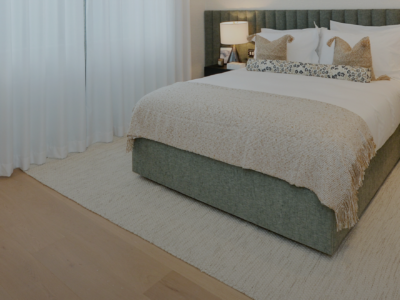
Technical Library
Fitting Information
Wood flooring must always be fitted according to BS8201:2011 and wherever possible an experienced wood floor fitter should also be used. This section is for guidance only as site conditions and subfloors will dictate the best method of fitting your floor. If you want your own builder or fitter to install your floor, they must understand that they take on full responsibility for the fitting of the floor and ensuring the subfloor is suitable. For more information or to arrange one of our recommended fitters to visit you, please call 01666 504 015.
Wood flooring is a visually appealing, environmentally friendly floor covering that can last for many years, when planned, fitted and cared for correctly.
Timber flooring must be fitted according to BS 8201:2011
For advice on how to work with the naturally occuring variations inherent with wood flooring please see our guide The Art of Fitting Wood Floors.
PLANNING:
Part of the planning process involves surveying the intended room in order to assure that the correct conditions are met. All wood is Hygroscopic, so as a material it will absorb moisture into its cell structure.
Before fitting your wood floor, it’s advisable to unpack 20% of the boards and lay them out to see the variation in grain and colour. Matching the knotting and shading is a big part of the fitting process.
A good, professional fitter will merge the colour variation in so the floor looks really natural with lighter and darker colours merging together. Alternatively, you may want all the light boards in one room and darker ones in other rooms, it’s all down to personal taste.
GENERAL CONSIDERATIONS:
Before you order your wood floor, it’s important to take the following points into consideration:
- What traffic the floor be exposed to
- What heat and moisture the floor will be exposed to
- Ensure all walls and floors are completely dry
- The substrate must be flat and smooth
- Fully test and regulate any underfloor heating
- Is it necessary to apply a moisture barrier or damp proof membrane to the substrate before fitting?
- Where will the boards be stored prior to fitting?
- Do the boards need acclimatising before fitting?
- Is the substrate dry?
FITTING YOUR BOARDS:
To minimise stress on the new boards, all substrates should be secure, dry, clean and level.
Allowances must be made for any movement either from the new floor or from the existing structure.
Depending on how the floor is fitted, and what other elements exist (such as underfloor heating), adequate time should be allowed for all elements such as adhesives or oils to mature before the floor is put into use.
Where solid boards are used, if the new floor exceeds 4 linear metres in any one direction, then extra provision for movement should be designed into the floor.
Where engineered boards are used, if the new floor exceeds 8 linear metres in any one direction, then extra provision for movement should be designed into the floor.
AFTER FITTING:
After fitting, your wood flooring should only be cleaned in the manner recommended by The Solid Wood Flooring Company.
Any items that will be sited on the finished wood floor, such as furniture, should have protective pads fitted to their feet to avoid potential damage to the oiled or lacquered finish.
Join our mailing list
Receive the latest news, offers and inspiration straight to your inbox.
